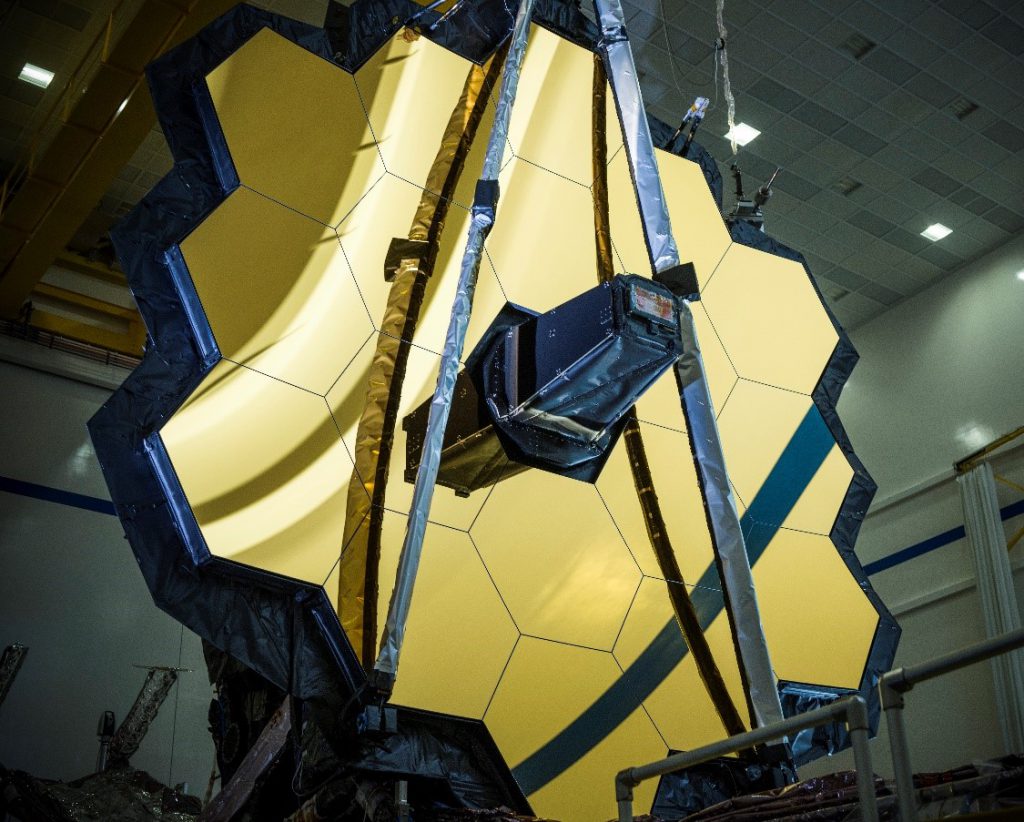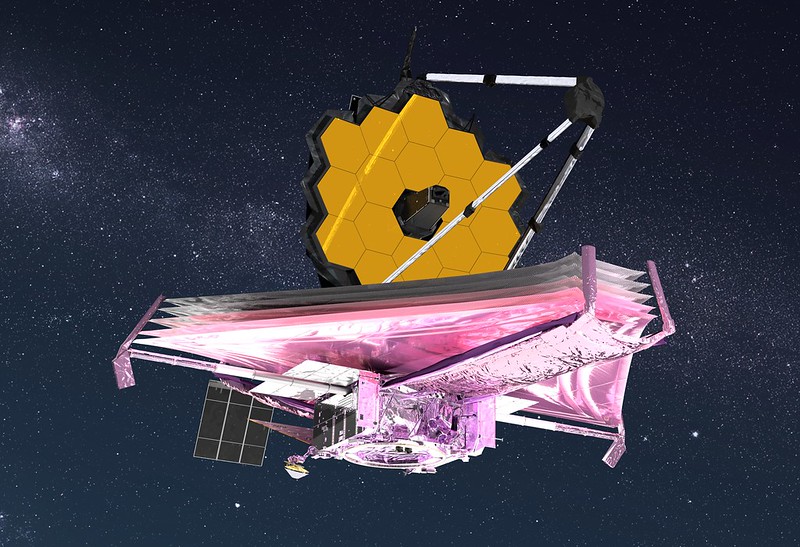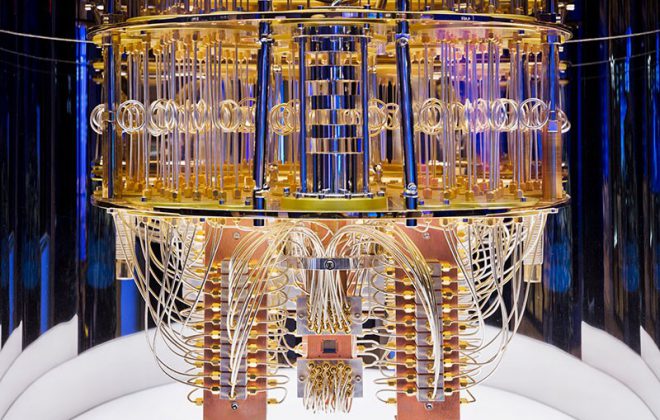What NASA’s James Webb Space Telescope will reveal about the universe
NASA’s biggest, most powerful telescope ever built was launched into space yesterday, as it aims to uncover secrets of the beginning of the universe, but what exactly does this mean and how will it manage to do so?
John Mather, who is the JWST’s senior project scientist said:
I’m hoping that it will tell us about the beginning of everything
One question that has fascinated and aroused the curiosity of humans for thousands of years is, how did the universe begin? How did we come to be? The lengths at which humans have gone to answer this question has led to different religions and cultures that has formed the basis of society today. Yet, up until now, the question still hasn’t definitively been answered.
With huge advances in science and knowledge, we could soon be coming closer to that answer that has stayed a mystery.
So, what could NASA’s biggest, most powerful telescope ever reveal and how will it work?
Well, first of all, what you’ve got to know is that the JWST is very large, sporting a mirror made out of 18 hexagonal segments of the lightweight element beryllium coated with gold and more than 6.5 meters wide. The Hubble space telescope, which took some of the most iconic images in space, was only 2.4 meters wide.

The immensity in size of the JWST means it is 10 to 100 times more sensitive than Hubble, meaning it can identify objects much further away. This telescope mirror essentially will be able to hopefully collect light from objects that were existent near the beginning of the universe, which is believed to be 13.8 billions years ago.
Surrounding the mirror is a large silver shield the size of a tennis court, which will protect the telescope from the heat of the Sun. The JWST will be around 1.5 million kilometers away from Earth, sitting in the Earth’s shadow to protect the telescope from the Sun.
When will the James Webb Space Telescope’s first images be revealed?
It should be six months after launch before we see the telescope’s first images. But, don’t get too excited, because Dr. John Mather said:
There are many, many ways for it to fail.
This is due to the telescope being folded up like origami, because it’s too big to fit inside a rocket capsule.
“The mirrors are folded up, the sunshade is folded up, the solar panels are folded up, the antenna is folded up, everything is folded and it has to all survive launch and then be released from the protective devices.”
“If all we do is confirm the story we’ve already got, that would be interesting.
“But I think it’s also possible there’s something that we haven’t guessed out there yet to be discovered,” said Dr. Mather.
Now we just have to wait, patiently and crossing our fingers that all goes well, for the findings to arrive. 🤞 What mysteries could we uncover?
- AI is the biggest technological breakthrough of the 21st century - January 19, 2022
- 3D printing is the future of the construction industry - January 14, 2022
- The top 5 tech that caught my eye in CES 2022 - January 10, 2022










